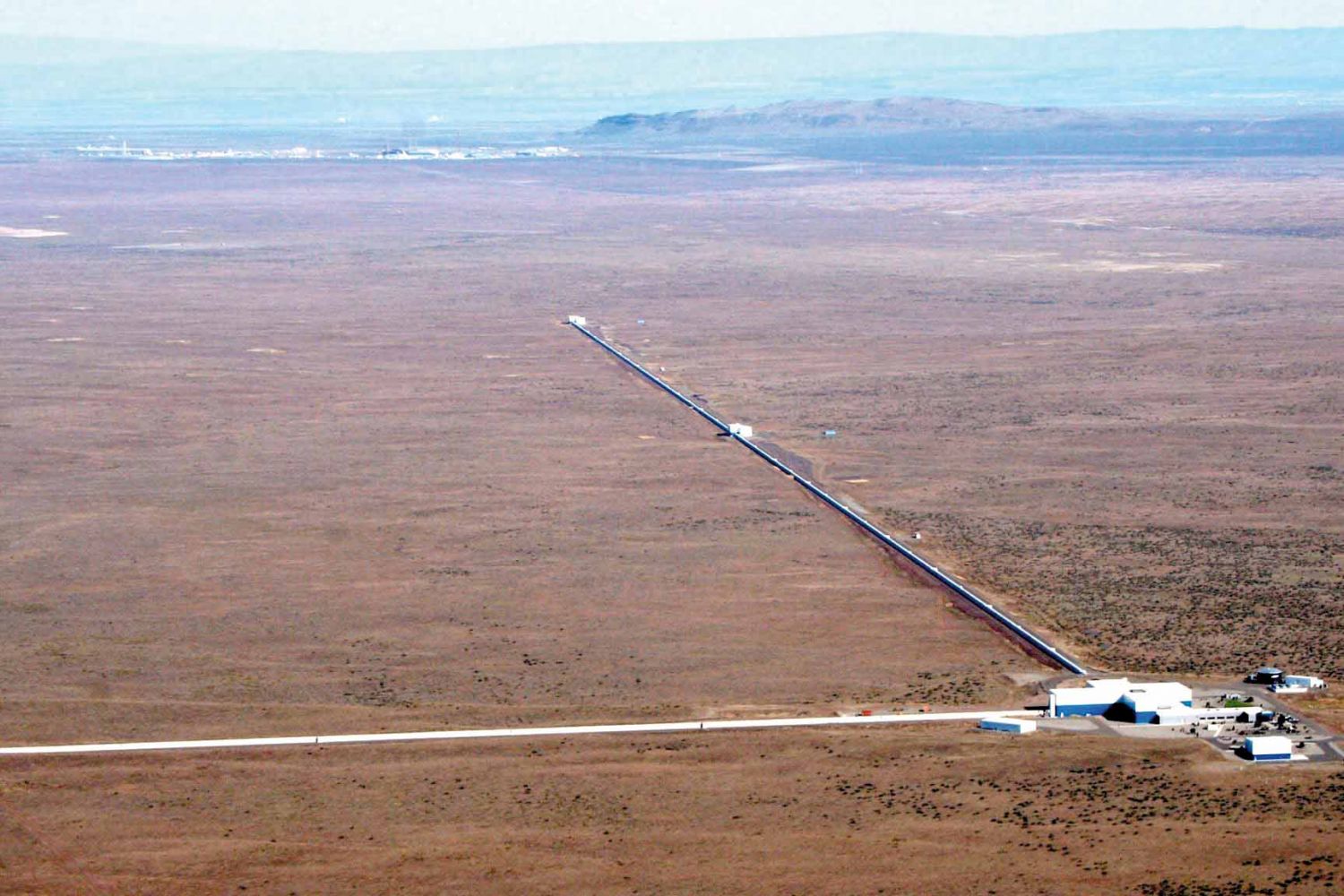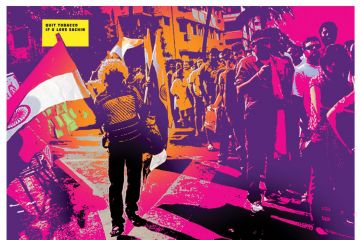
Ten summers ago,
Sanjit Mitra and his wife travelled from Nice in southern France to Pisa in
Italy, taking in the view of the Mediterranean coast from their train window. A
doctoral student at the Inter-University Centre for Astronomy and Astrophysics
(IUCAA) in Pune then, Mitra was working on a project at the Observatoire de la
Côte d’Azur, which stands on the summit of Mont Gros in Nice. The observatory
commanded the best view of the deep blue waters of the Mediterranean and from
Mont





